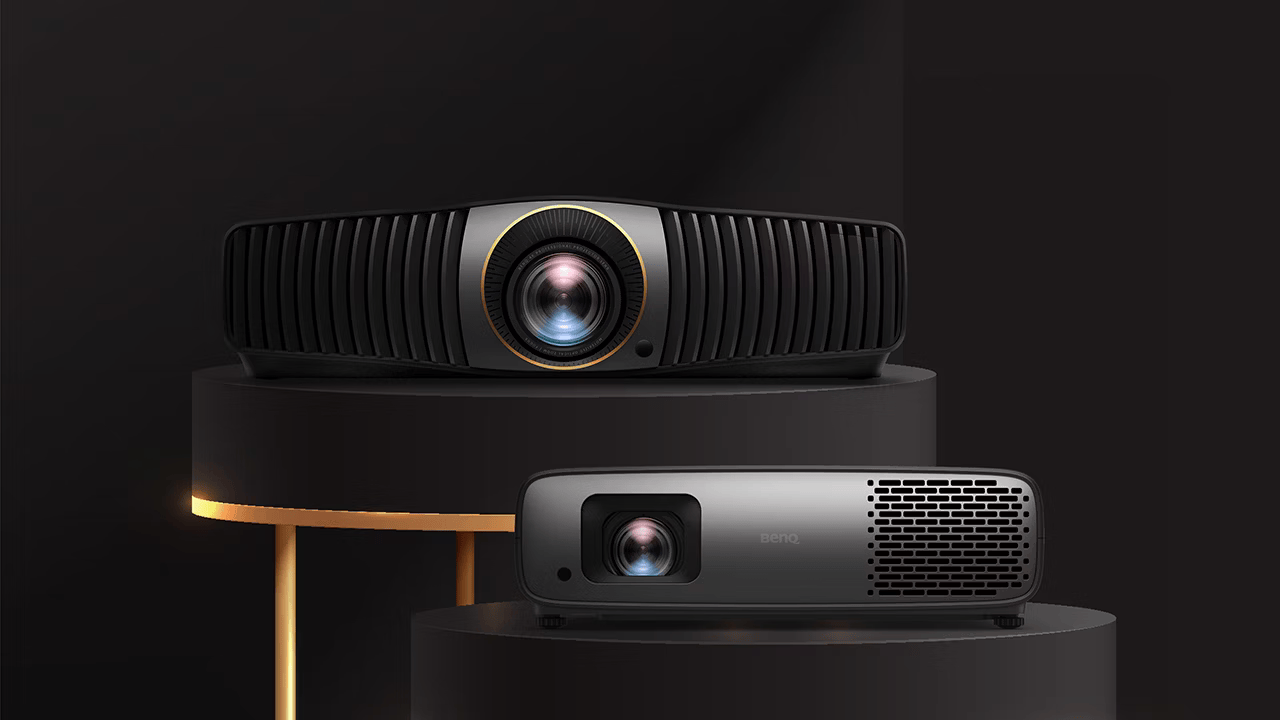14 of the best classical tracks for testing speakers
From Debussy to Dvořák, these are the classical music pieces we use to test hi-fi systems and speakers.

There are audiophiles out there who believe that hi-fi can only really be tested by using classical music. While we don’t agree with that sentiment, there’s no denying that the use of real, physical instruments rather than those of the electronic variety can be really helpful for comparisons.
Provided the recording is made with suitable care, criteria such as stereo imaging, tonality and dynamics are also well served by classical music. The recordings tend to be less processed than other genres, and so can sound more natural – particularly when it comes to instrumental timbre and the acoustics of the recording venue.
As a genre, classical tends to be more instrumentally complex than your average pop or rock tune, and therefore demands more of the hi-fi it's being played on with regards to definition, control and organisation. If you’re new to the field or just want a taster of the kind of classical music we use during our testing, here are some of the finest examples...
Igor Stravinsky – The Rite of Spring
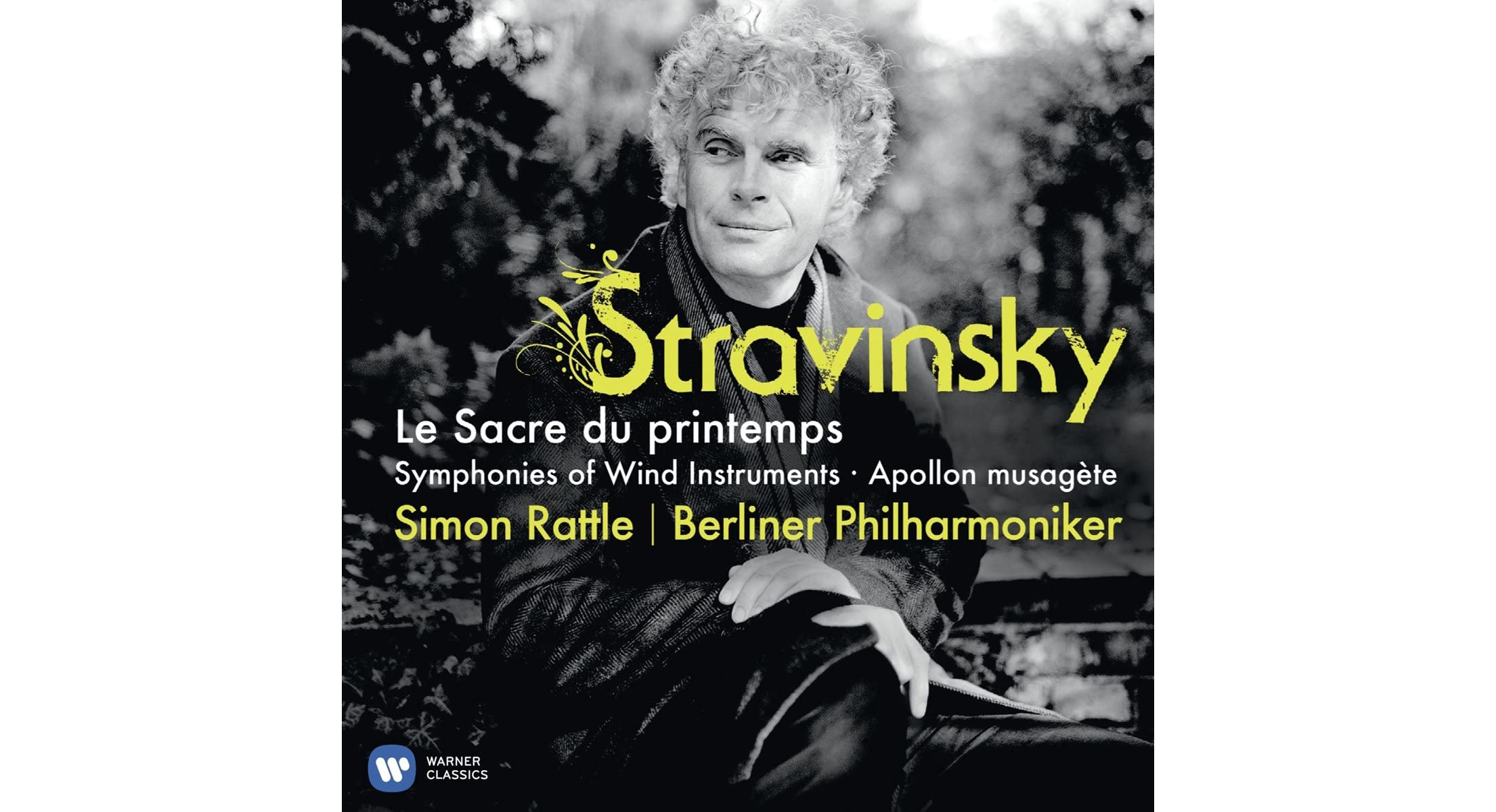
Don’t let the track's quiet beginning fool you; it isn’t long before this piece bursts into life to become one of the most vivid and dramatic pieces of music that we know. The first performance of The Rite Of Spring was claimed to have caused a riot, and when you take a listen to its feral composition it’s easy to understand why.
As such, it’s a stern test of your hi-fi, from detail resolution and stereo imaging all the way through to rhythmic ability. If your set-up can make a hearty meal of the seismic dynamic shifts and massive crescendos (and you'll know if it does; you'll feel it), you’re in for a treat – particularly if you can turn the volume up loud. This is half an hour’s worth of some of the most challenging, and indeed compelling, music ever made.
Frédéric Chopin - Nocturne in E Flat Minor
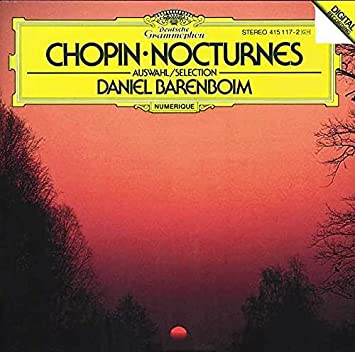
Just as Vivaldi mastered the art of composing for the violin, Chopin’s understanding of the piano as an instrument of emotional expression remains second to none. The Polish master’s affinity for the world’s most popular instrument is seen most starkly in his Nocturnes (literally “of the night”), with his Nocturne in E Flat Minor arguably his most beloved and popular of all.
Such an accolade isn’t unmerited, either. Considering this is a work solely for piano, there’s still so much for your speakers to do with regard to dynamics, expression and tone. A quiet, subtle yet infinitely expressive piece, Nocturne makes a great test track thanks to its glossy piano textures and emotive, artistic character. The slight rubato of the given performance should really come through, so that every hesitation, every piece of phrasing, and every flourish shines as clearly as a star in the night sky.
Get the What Hi-Fi? Newsletter
The latest hi-fi, home cinema and tech news, reviews, buying advice and deals, direct to your inbox.
Romantic-period composers were concerned with painting pictures in the mind with their music. See that your hi-fi is capable of doing just that.
Arvo Pärt – Tabula Rasa
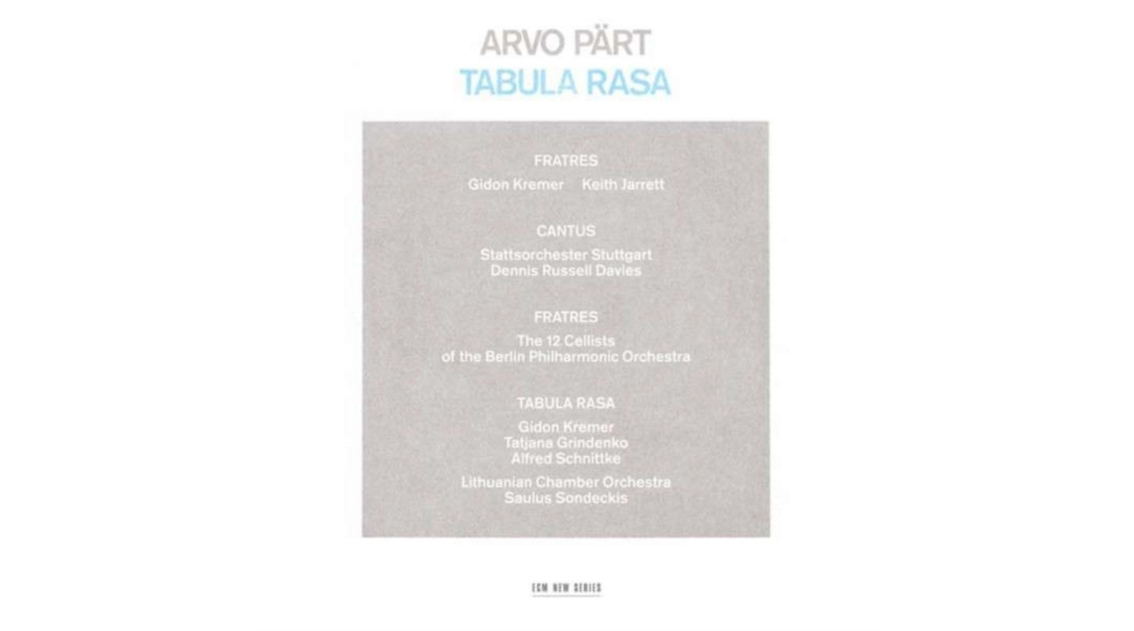
After the dramatic excess of Stravinsky, Arvo Pärt’s Tabula Rasa feels like an ocean of calm. This piece has two movements that use a pair of violins, a prepared piano and a chamber orchestra to deliver some of the most emotionally affecting music we've come across.
Each movement uses repetition that builds from subtle beginnings into something that’s bold and immensely powerful. Thus, it’s a fine test of system dynamics and clarity. The dense instrumentation can easily sound messy, while the violins can push all but the most refined tweeters into edginess. There’s a lovely sense of space here, too, which many systems will struggle to capture.
This piece has an underlying religious feel, it inspires contemplation and even a little sadness, while all the time pulling at the heartstrings in a way little else can manage.
John Williams – Jurassic Park
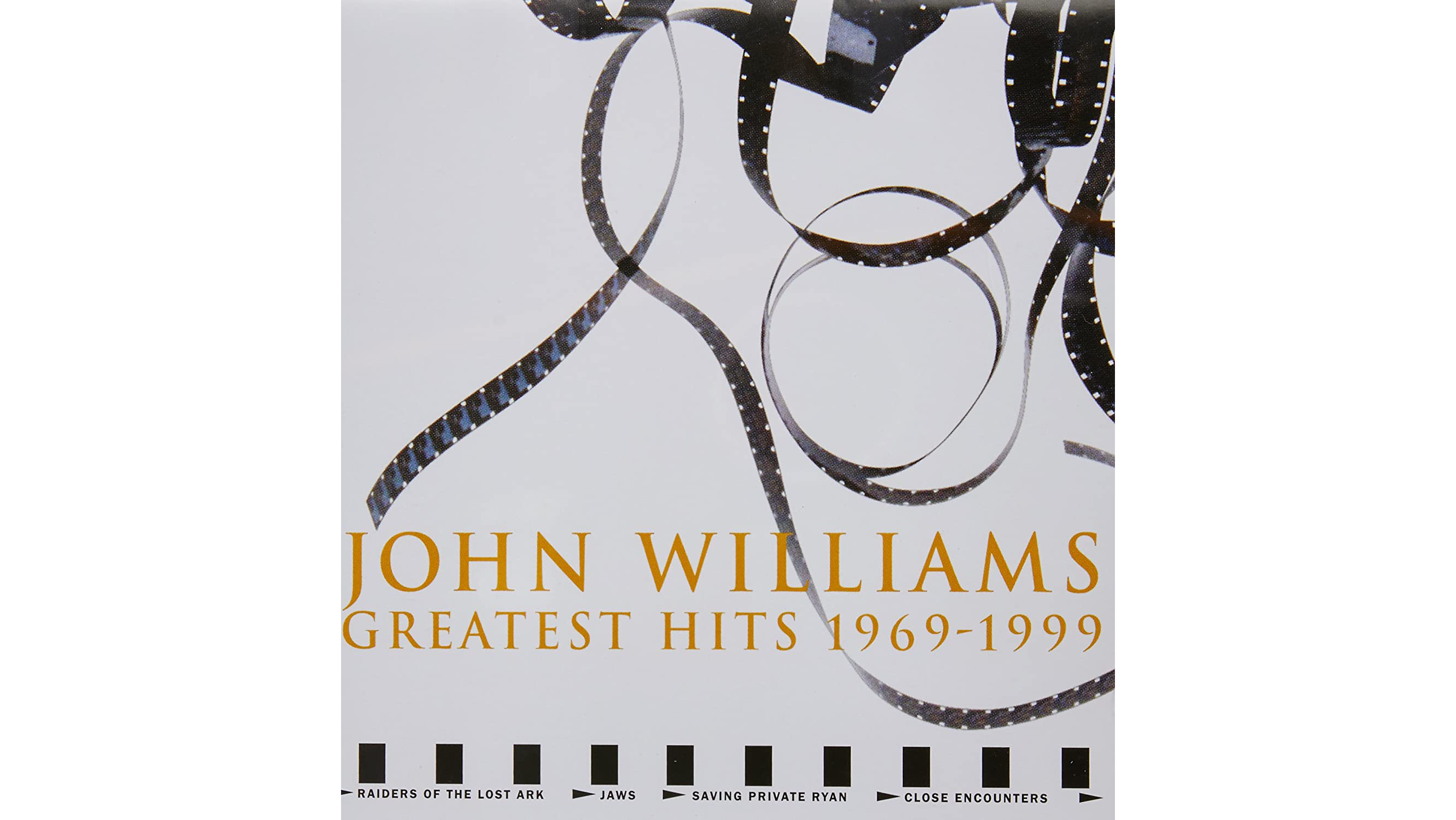
After all the seriousness of Tabula Rasa, let’s move to dinosaurs. John Williams is the maestro of large-scale movie soundtracks and we think the theme to Jurassic Park is one of his best pieces ever. And considering he’s written the memorable soundtracks to the likes of Star Wars, Indiana Jones and Superman, that’s saying something.
It's majestic and powerful, and asks a lot from a system when it comes to scale and authority. A good level of detail resolution is a must if things aren’t to sound confused, but your system will also need to excel in dynamics and be composed at high volume levels if you really want to enjoy this piece at its best. If you have larger speakers, the growling bass is a real treat.
This is perhaps about a commercial as classical music gets, but it’s entertaining and fun – and in our book there's nothing wrong with that.
Antonín Dvořák – Symphony No. 9 New World Symphony
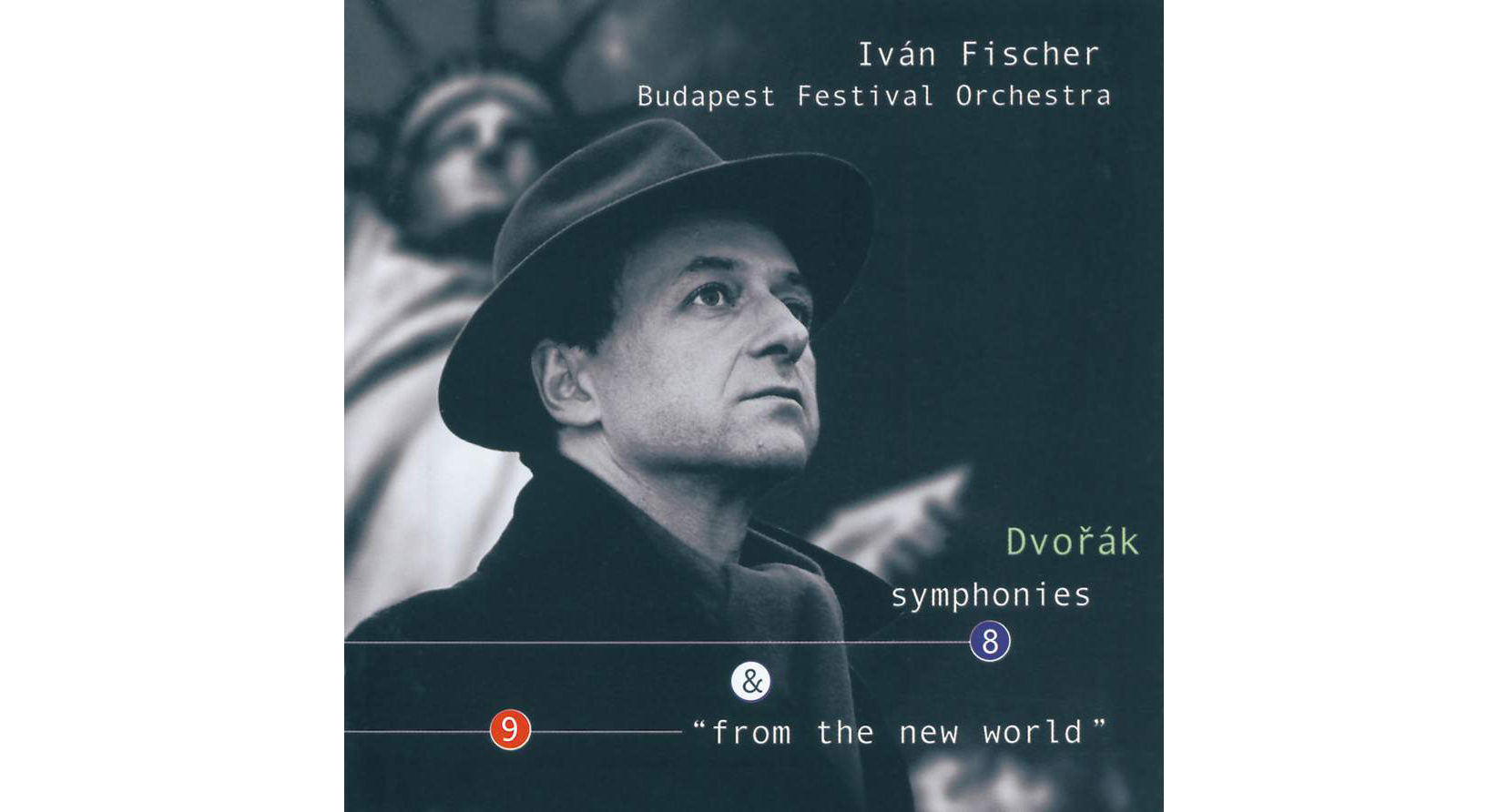
People of a certain age in the UK will forever associate Dvořák’s Symphony No. 9 with a famous Hovis bread advert. But the piece was written in the 1890s and is about his feelings and experiences of being in the United States – which is why it’s often referred to as his New World Symphony.
This is beautiful and melodic music that demands a system to have a strong grip on dynamics, scale and detail. But it’s not just about your set-up having muscle; a great deal of finesse is required for the music’s emotional message to come through. If your speakers are positioned well, you should get a sharply focused and layered soundstage with the orchestra clearly laid out in front of you.
Antonio Vivaldi - Winter (from The Four Seasons)
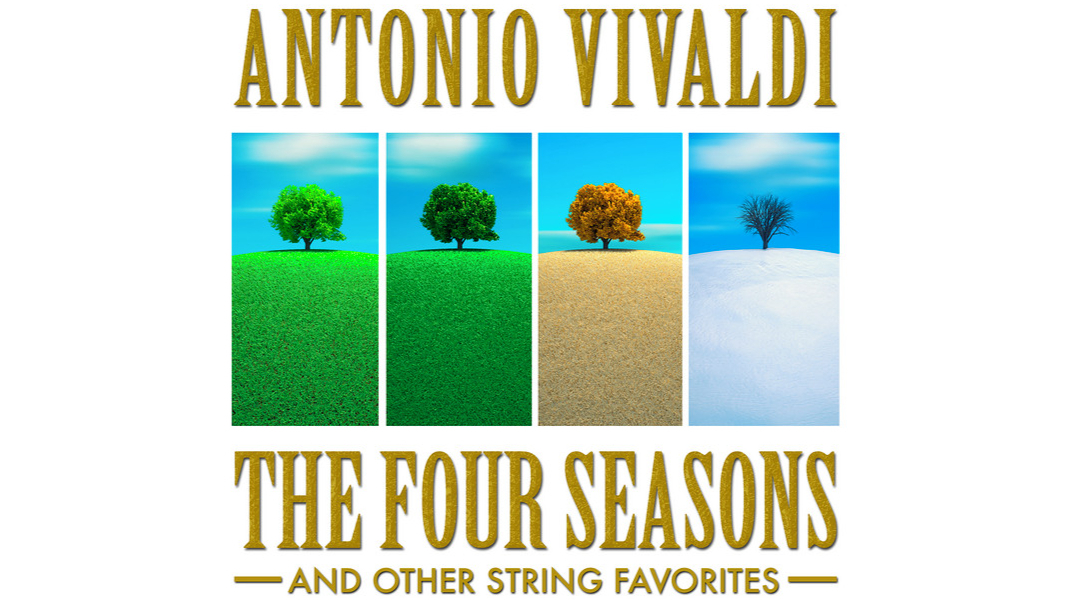
There can’t be many people who, regardless of their familiarity with the Baroque genre, haven’t come across Antonio Vivaldi’s seminal Four Seasons in one form or another during their lifetime. The Venetian auteur’s mastery of violin composition remains pretty much unrivalled, with few composers ever managing to match the life, brio and expression that Vivaldi drew from one of the world’s most popular instruments.
Spring has probably enjoyed the most recent play across various radio stations, concerts and accompaniments, bursting into life quite literally with its immediately recognisable seven-note salvo, but we’ve gone for Winter as the slightly more left-field choice. This being the season of dearth and survival, the notes are sharper and shriller, the tones and strokes a little more aggressive, even scratchy in comparison to the bright, joyous rebirth offered by Spring or the relentless energy demonstrated in parts of Summer.
Winter reflects the tumultuous nature of the season itself, full of dynamic shifts and grand passages of overblown expression that, even now, seem so experimental and forward-thinking to our modern ears. Notice how your speakers deal with the cascades of falling or rising strings, how they separate each individual note, and how they communicate the timbres and tones of the violin.
Gustav Mahler – Symphony No. 2
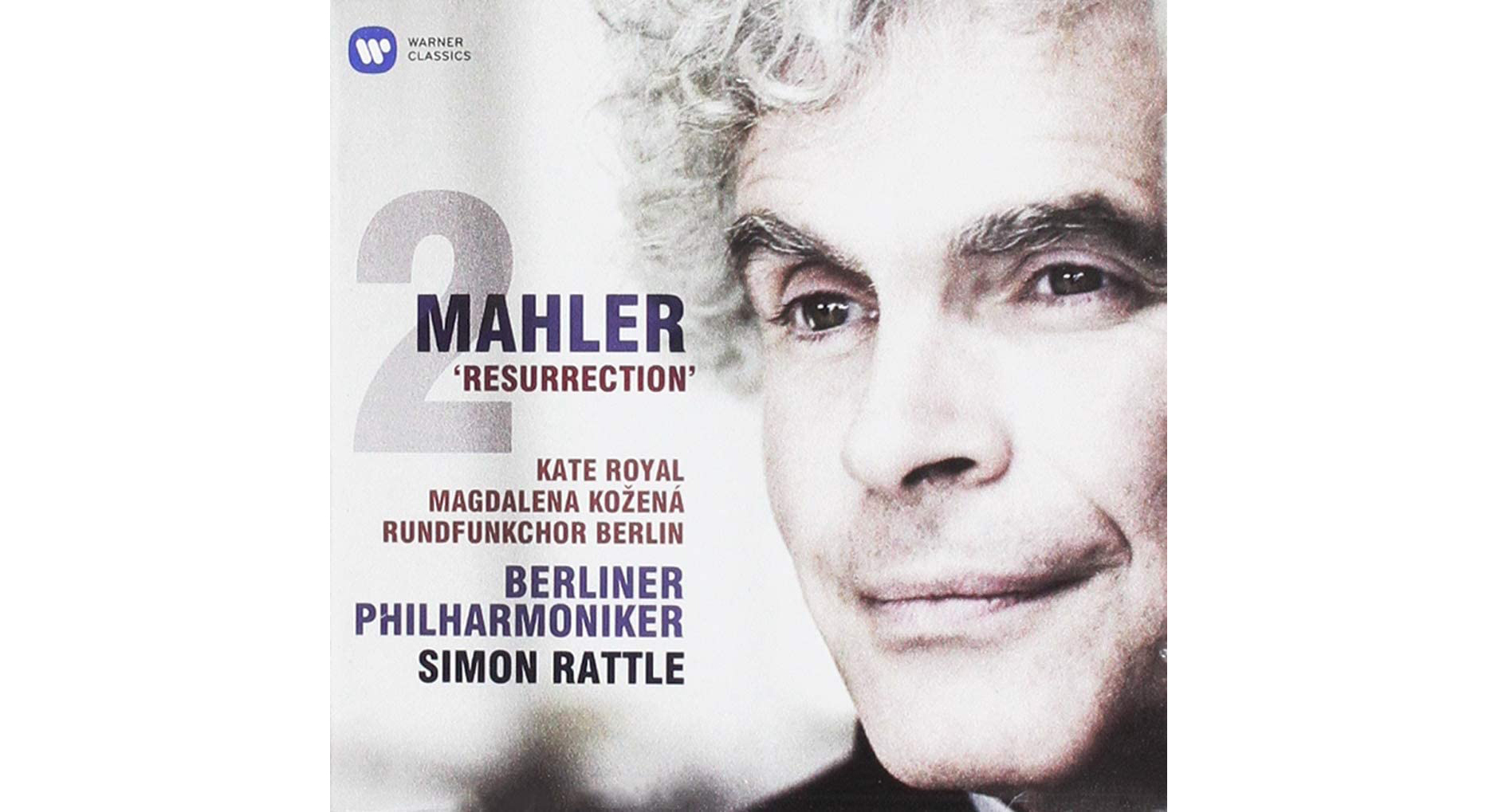
Mahler himself may divide opinion, but we can’t get enough of his 2nd Symphony. This is demanding material filled with dynamic shifts and drama. It’s a fine test of system’s control and composure, with all aspects of sound quality put under the microscope. Your set-up will need to be insightful and organised to handle the dense mass of instrumentation. The ability to convey the interplay of instruments is vital, as is the ability to deliver a full dose of scale and authority when required.
As with most of our other selections on our list, any system limitations in terms of stereo imaging and tonality will be readily highlighted here. We find this a gripping piece of music that excites and intrigues.
Pyotr Ilyich Tchaikovsky - Waltz from Swan Lake
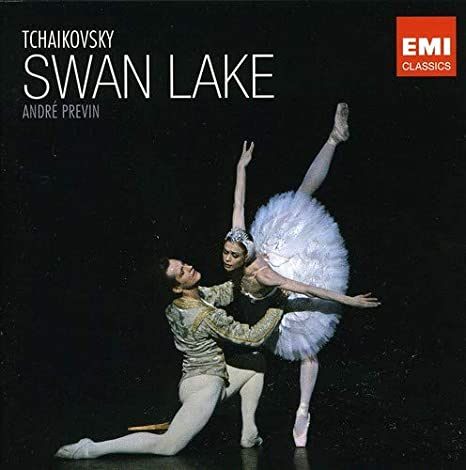
Tchaikovsky’s Swan Lake is arguably the definitive ballet score, holding its place since its composition in 1875 as one of the most performed, most recognised and most popular ballets ever put to paper. The waltz is the work’s musical pinnacle, alternating between smooth, undulating strings alongside perfectly-placed percussive accompaniments and intense bursts of colour as cymbals crash and timpani rumbles.
One of the best experiments you can do with almost any piece of music when testing speakers is to pay attention to how your body responds. Just as a great hip-hop track or dance anthem will inevitably see your foot uncontrollably tapping away to the beat, a proper waltz will have your head swaying in time to that pivotal 1-2-3 sway. Rhythm and movement here are just as important as tone and texture, and if you’re not feeling that sense of dynamic movement during Tchaikovsky’s masterpiece, there could be a fault with your kit.
George Gershwin - Rhapsody in Blue
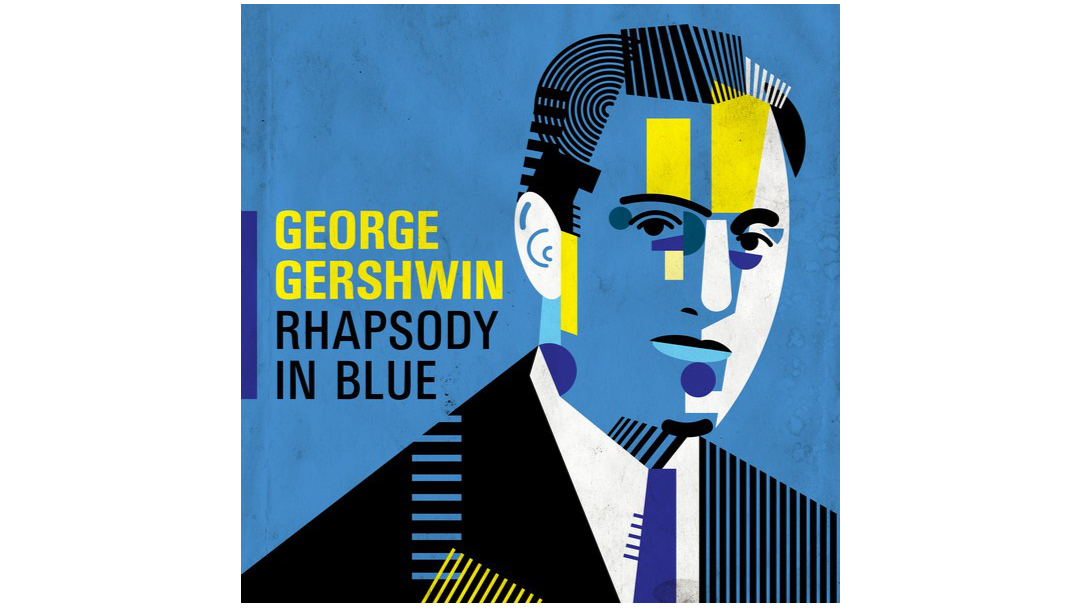
In many ways, the best descriptor for George Gershwin’s style would be the term “elusive”. A prolific jazz composer who nevertheless understood the structures and intricacies of classical music like few others, Gershwin happily straddled the line between seemingly opposed styles with remarkable confidence.
This fusion is on its fullest display in Rhapsody in Blue, one of the American’s most acclaimed works that continues to have an influence both as a jazz composition and a classical one. We often talk about the necessity to pick out individual instruments or textures when proselytising over a test track, but here it's the moods and emotional tones that you need to be looking out for as Rhapsody flits and swings between woozy jazz, laid-back, Debussy-esque piano and grand, sweeping orchestral surges.
The question, then, isn’t “What is Gershwin doing?”, it’s “How is he making you feel?”
Philip Glass - Facades
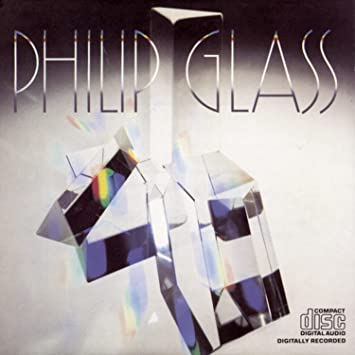
There are few modern composers who have been as influential as Philip Glass. What Glass brought to the table can either be seen as a total reinvention of the genre or else a distillation of classical music into its bare essences, often taking the standards and forms with which he was familiar and boiling them down into their essential nature.
In few places is this commitment to haunting, layered sparsity more apparent than Facades, a slow-builder that slowly and methodically adds to its strange, somewhat alien landscape with the precision and delicacy of an open-heart surgeon. Again, the challenge for your speakers is going to be evoking this sense of construction while also giving each subsequent instrument its own distinct personality, to pick out the soft blows of the sax while still appreciating the layered, broken chords of the piano beneath.
Ólafur Arnalds - Raein
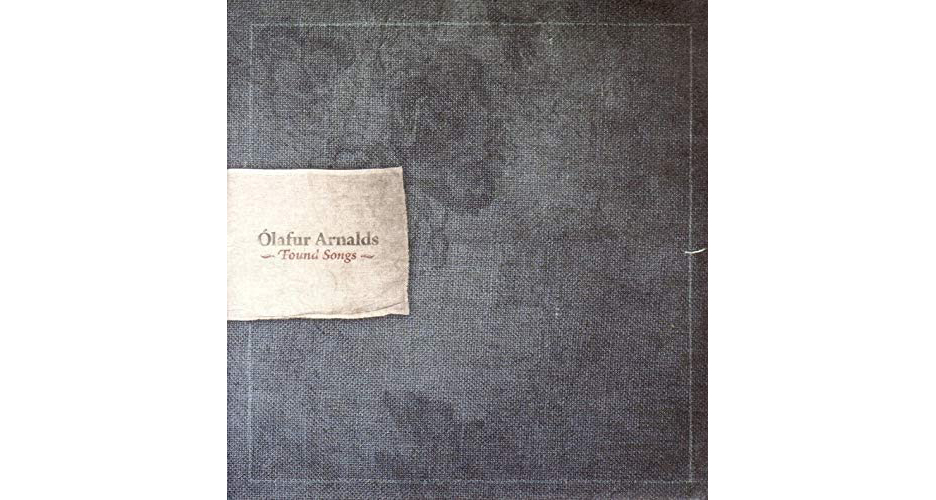
Another track that gets multiple replays during testing is the achingly beautiful and delicate Raein by Icelandic multi-instrumentalist Ólafur Arnalds. This is from the consistently excellent Found Songs album, a review staple for a number of years now.
This neo-classical piece is all about subtlety and finesse. If your system doesn’t resolve low-level detail well, or deliver subtle dynamic shift with skill, you’ll wonder what the fuss is about. It requires a system to sound fluid and with the knack to be able to reproduce music in a cohesive way. Clarity is important, as is the ability to convey the track’s gentle momentum.
This is music to listen to quietly. Many speakers struggle to convince at lower volume levels, so it’s a good test to see whether your system is up to the admittedly challenging task.
Johann Sebastian Bach - Toccata and Fugue in D minor
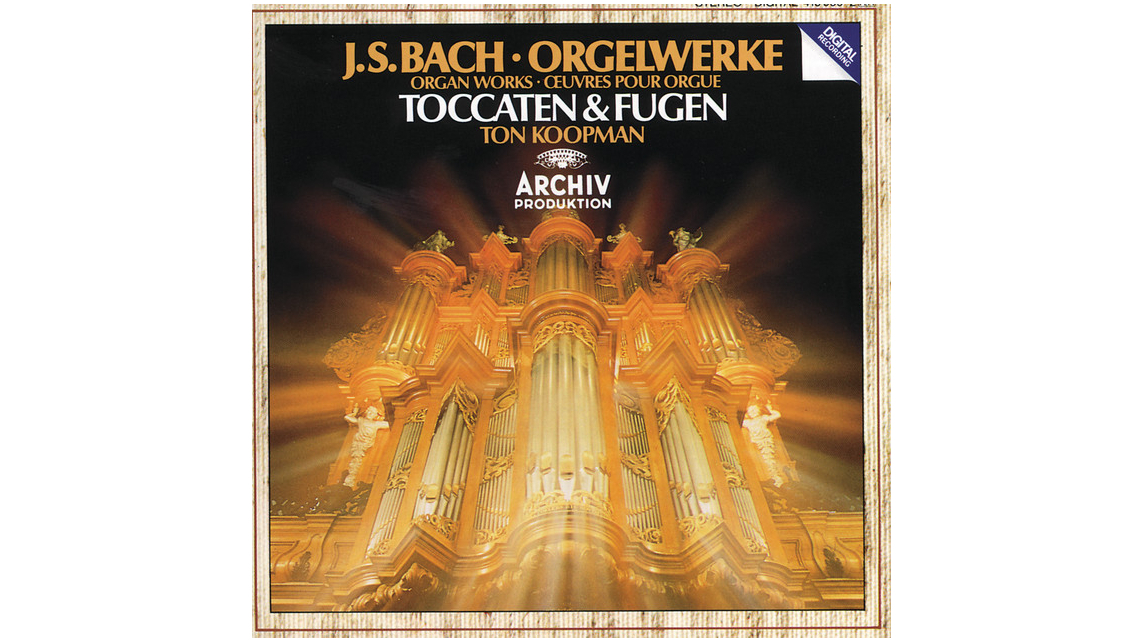
If Bach’s Toccata and Fugue in D minor is tricky to play on one of the world’s toughest instruments, it’s also pretty hard to handle for even the most dexterous and dependable hi-fi system or set of speakers around.
Bach is a massive challenge for any piece of audio equipment, mainly because the undisputed Rock God of the Baroque era placed a heavy emphasis on the various voices and contrapuntal melodies forever interchanging within his polyphonic works. Even in a composition for two hands (i.e. a work for the piano, organ, harpsichord etc.), four distinct melodies should all be discernible at once, each line owning a particular phrase that rises and falls as part of the overall structure.
That’s something that most hi-fi set-ups will struggle to fully express, and the challenge is only magnified by the grand, broad aspect of the organ. The piano is a little more forgiving when it comes to avoiding a messy finish, but the organ can so easily become a muddled, muddy mess when so many notes and phrases are all playing together at once. This is the final boss of classical music, and if your set-up can handle Bach’s Toccata, it will likely manage anything you have to send its way.
Claude Debussy - Clair De Lune
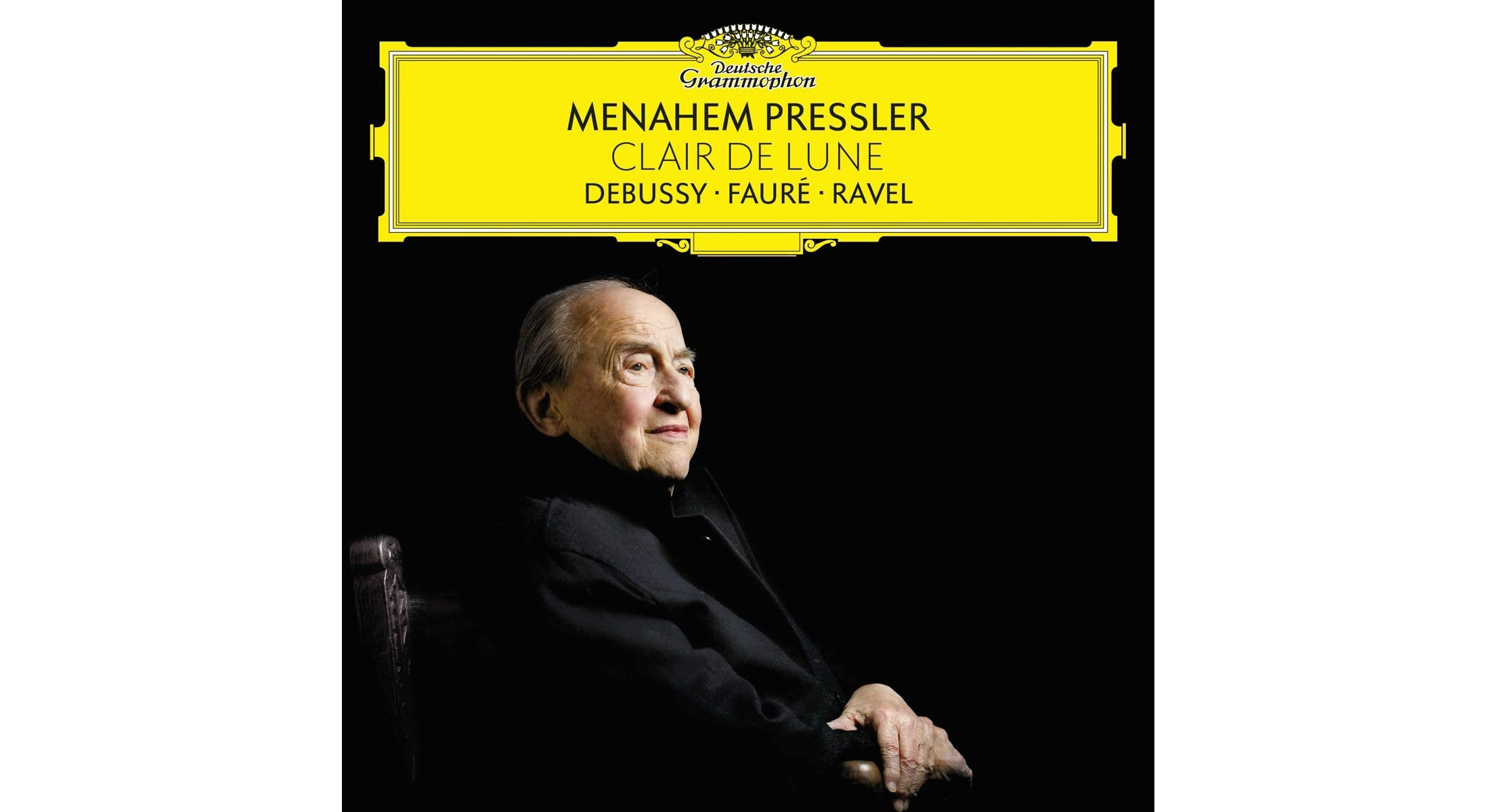
Comprising only a solo piano, you'd assume Clair De Lune would be a doddle for systems to reproduce – but, alas, it isn’t. In our experience, we find that most struggle to capture the harmonic complexities of the piano well and to deliver the instrument’s dynamic envelope properly.
Even if a system does have the insight to do these things, it’s the ability to get the temporal relationship between successive notes right so that the melody flows as it should.
There are subtle variations of force and timing in the way the piano keys are played that makes this piece so hard for some equipment to reproduce. This lovely piece of music is arguably the simplest one here, but many a hi-fi component that has entered our listening room has struggled to do it justice.
MORE:
Here's everything you need to know about Apple Music Classical
Check out 11 of the best tracks to test your headphones
Want an alternative playlist? Here are the 12 best Radiohead songs to test your hi-fi system
Our guide to the best speakers you can buy

Ketan Bharadia is the Technical Editor of What Hi-Fi? He has been reviewing hi-fi, TV and home cinema equipment for almost three decades and has covered thousands of products over that time. Ketan works across the What Hi-Fi? brand including the website and magazine. His background is based in electronic and mechanical engineering.
- Harry McKerrellSenior staff writer
